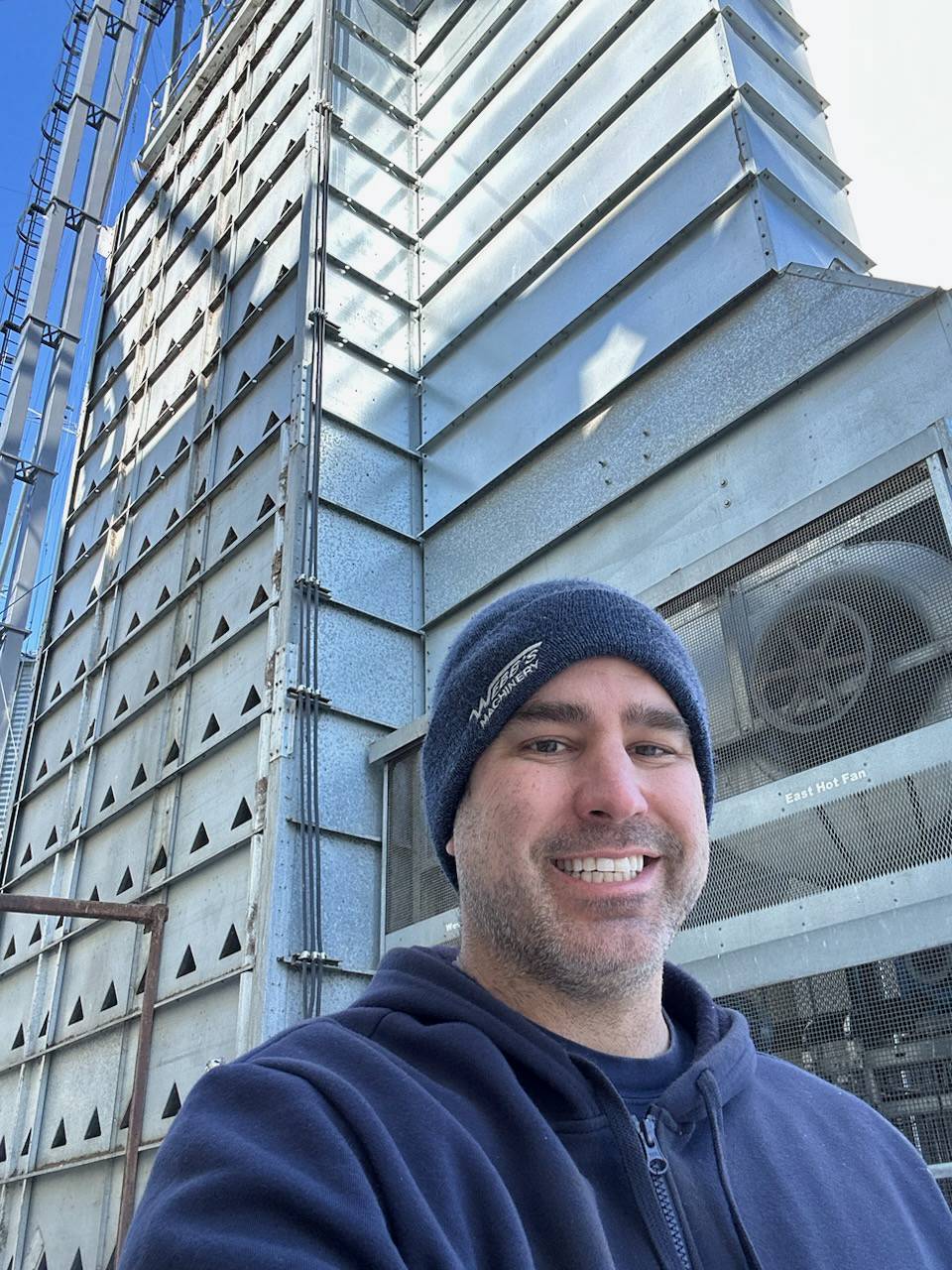Natural gas is a critical resource for Canadian farmers.
Canada’s colder climate makes the fuel indispensable for heating poultry, hog and dairy facilities like barns, outbuildings, shops and greenhouses.
Natural gas is also critical for grain drying and manufacturing nitrogen fertilizer.
Chris Allam, of Allam Farms Partnership, operates a 17,000-acre grain farm outside Edmonton. Due to a comparatively short growing season compared to southern regions, he often uses large amounts of natural gas for grain drying – critical when crops must be harvested.
“Being as we are far north, cold can help a farmer preserve the grain, but in order to deliver it to elevators and overseas customers, it can’t arrive in a moist state,” Allam says.
“Natural gas, at this point, is the only usable way to do it, as far as power consumption and environmental footprint is concerned.”
If left unattended, moist grain in storage bins can spoil in days and result in significant financial loss and wasted time. Allam spends $25,000 on natural gas during an average harvest season – some years it’s $50,000. Without gas, there’d be a need for “massive production” of alternate power, he says.
“At this point, if you shut natural gas off tomorrow, bad things will happen,” he says.

Edmonton area farmer Chris Allam next to his grain dryer. Photo provided to the Canadian Energy Centre
Jay Schultz operates a medium-sized grain farm near Calgary. Due to a longer growing season with more frost-free days than the Edmonton region, he dries much less grain than Allam, although he uses a significant amount of natural gas to heat over 13,000 sq.-ft. of shop space that holds millions of dollars of high-tech farm equipment like combines, seeders, sprayers, tractors and tractor trailers.
He says by far, most of the farm’s indirect natural gas use is for fertilizer.
As financial pressure on farmers like Allam and Schultz increases due to rising input costs, maintaining crop yields becomes critical, says agriscience company Yara. One of the most important farming inputs, it says, is nitrogen fertilizer, which is produced from natural gas.
“In several transformation steps, natural gas is upgraded by combination with nitrogen from the air to form nitrogen fertilizer,” says Yara. “80 per cent of the gas is used as feedstock for fertilizer.”
Some estimates suggest nitrogen fertilizers support food production for half the world’s population. A byproduct of their use is nitrous oxide, a greenhouse gas said to be 300 times more potent than C02. The Government of Canada has set a goal for a 30 per cent reduction in nitrous oxide emissions by 2030.
Keith Currie, president of the Canadian Federation of Agriculture, says farmers are doing their part to reduce nitrous oxide emissions related to fertilizer use through technological advancement and practices like variable rate fertilizing.
“It’s an initiative farmers have embraced, partly because we are environmental stewards, partly because we want to run a business that’s profitable,”he says.
The unaltered reproduction of this content is free of charge with attribution to Canadian Energy Centre Ltd.
